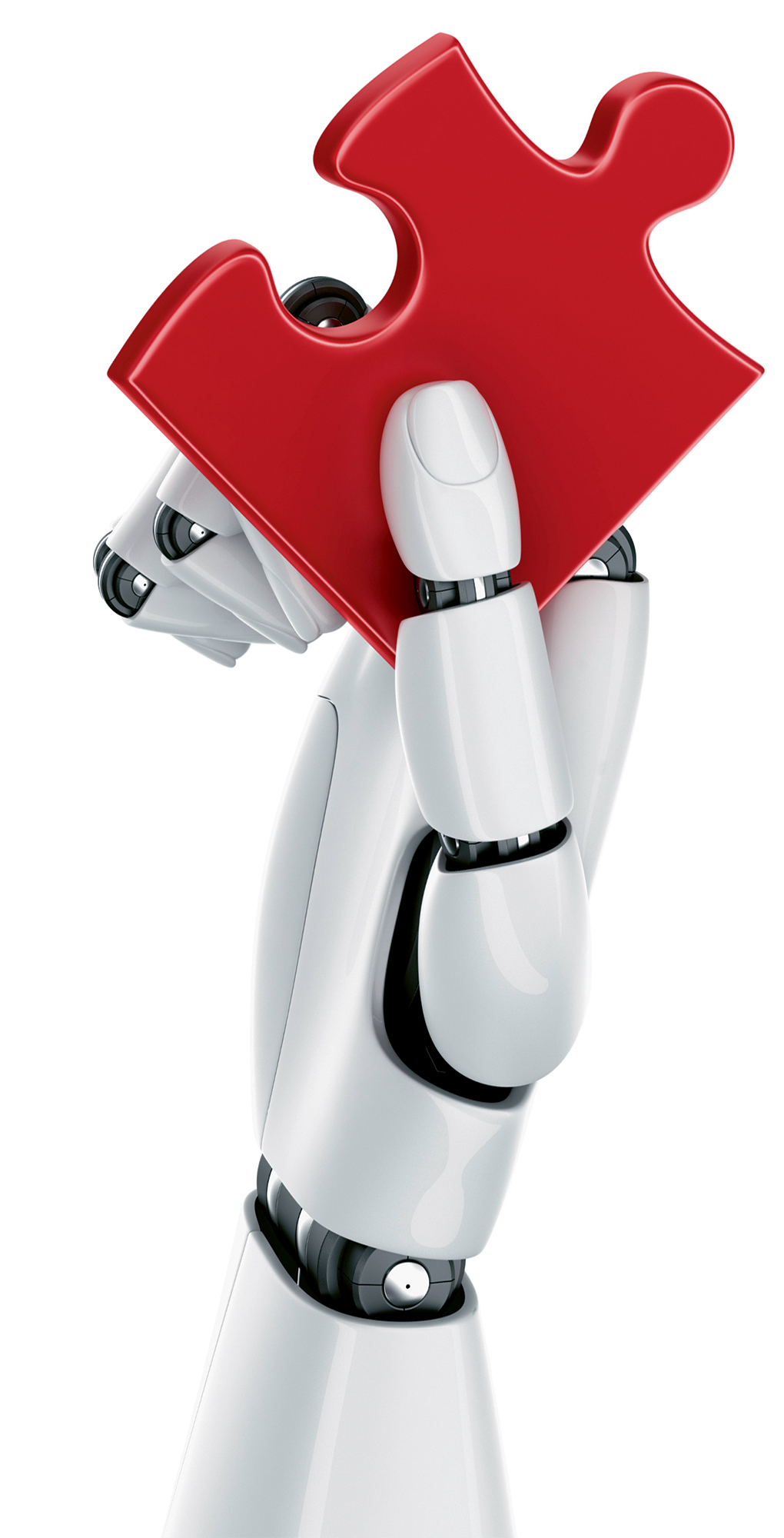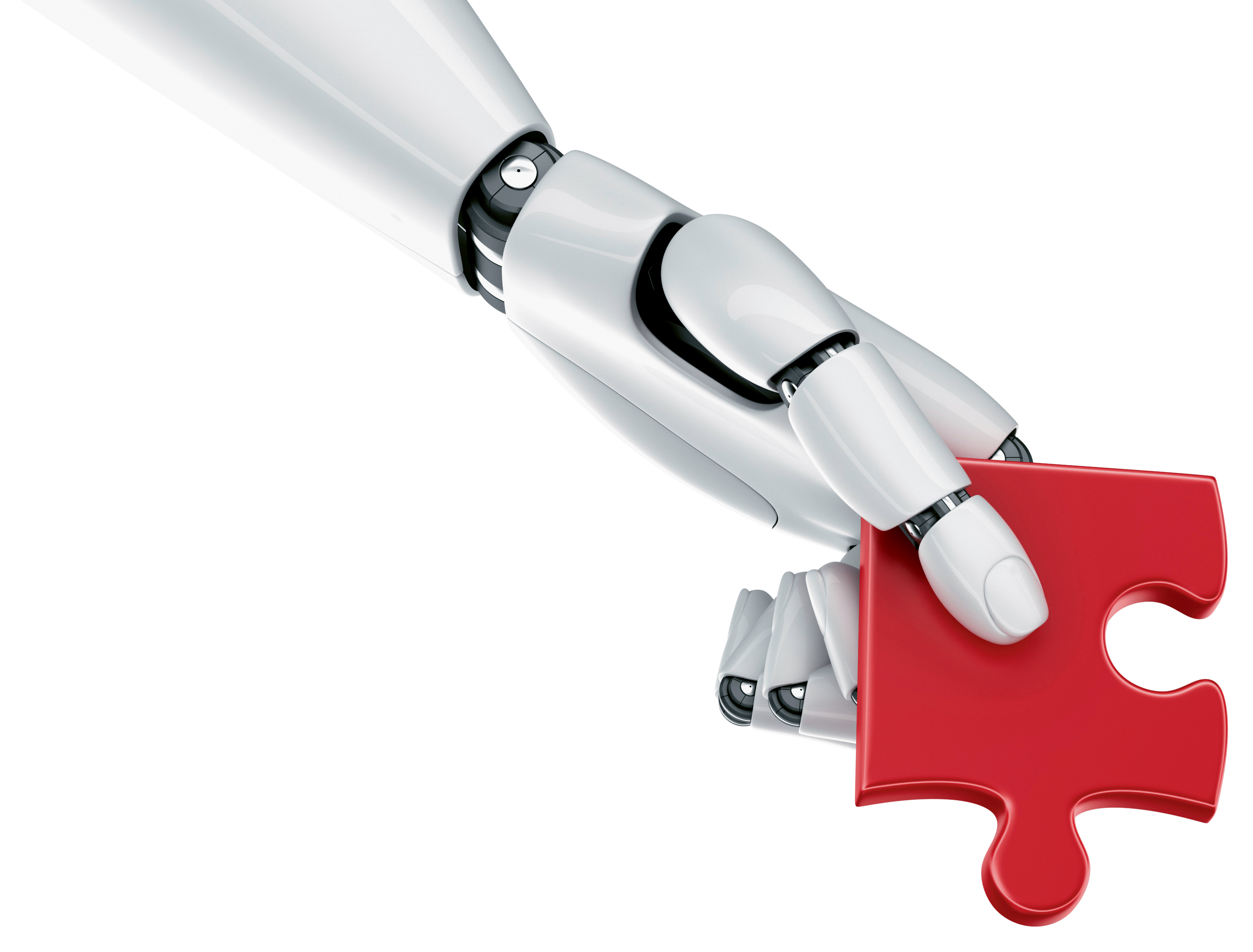Insight

Rise of the robots
In Insight
Bookmark
Record learning outcomes
Community pharmacies are no stranger to the efficiencies (or not) delivered by computers, but where are we when it comes to greater use of pharmacy automation?
Healthcare has such a human face that the thought of automation entering the wellness arena is anathema to many. However, there are plenty of tasks that can be carried out in a pharmacy setting faster and more accurately by a “robot” than a human.
For pharmacists, the use of IT and automation has already replaced the storage of paper patient records, enabled real-time ordering of stock and, in some cases, even taken over the dispensing of medicines. With pharmacy access to the summary care record on the cards, and the roll-out of EPS well under way, the use of machines to manage and speed up service to patients and customers is only going to increase.
Automated efficiency
The Audit Commission’s 2001 Spoonful of Sugar report into e-prescribing (www.eprescribing toolkit.com/wpcontent/uploads/2013/11/nrspoonfulsugar1.pdf) supported the use of robotic systems to release hospital pharmacy staff for patient-centred services and reduce dispensing errors. The intervening years have seen many UK hospitals install dispensary robots, which has resulted in a reduction in dispensing errors and a speeding up of the dispensing process.
The take-up of automation in community pharmacy remains low, but with robots becoming smaller, more efficient and more affordable, their use could be set to grow. “Smaller-turnover pharmacies are looking at becoming more efficient, whereas it was mainly high-turnover pharmacies looking at automation previously,” says Tamsin Wood, sales and marketing co-ordinator at St Albans-based ARX, a supplier of automation systems to pharmacies.
“Now that automation has become more technologically advanced and affordable, those smaller pharmacies are seeing pharmacy robots as something that can set them apart from their competitors.” There has also been an increase in investment in automation now that EPS is up and running, and pharmacies where turnover had previously “flatlined” have seen more prescriptions coming in, says Ms Wood.
“With this increase in demand and workload, and automation being more affordable than ever,” she says, “it is now much more cost efficient to invest in automation than to employ additional staff.”
First steps
 So if a community pharmacy has no automation but wants to install something, where should they start? The National Pharmacy Association fields enquiries about this on a regular basis – the NPA Pharmacy Services Team advises taking a careful look at a number of considerations besides cost.
So if a community pharmacy has no automation but wants to install something, where should they start? The National Pharmacy Association fields enquiries about this on a regular basis – the NPA Pharmacy Services Team advises taking a careful look at a number of considerations besides cost.
These include “compatibility with your PMR system, functionality and the future requirements of the pharmacy, which might differ considerably from current requirements”. Ms Wood also suggests visiting a pharmacy already using automation “as soon as possible, to gain a working understanding of the systems available, and how it has improved their business”. Pharmacist Amit Pattni runs Sonichem pharmacy in Leicester.
About a year ago, he installed an ARX VMAX dispensing robot, with an iProlog automatic checking and loading system and fridge in order to provide a quicker and more efficient dispensing service. Mr Pattni says the decision to automate almost made itself. “We don’t have any dispensers – never have had – it’s just me and my uncle, both pharmacists, who dispense, so when we hit the 18,000 per month mark and found ourselves working late at night and weekends just to maintain the level of service we aim to achieve for our patients, we knew we needed help.
“We were planning a refit anyway and had seen robots in action at various pharmacy shows, so we looked into the logistics and economics of automation and found that it works out similar to employing someone to do the job, but with the benefit of not having to squeeze another body in the dispensary or cover them for holidays, sickness and so on.” He calculated that it took four hours of one person’s time just to sort, pick and shelve the contents of the totes that his pharmacy was receiving every day – a job that the robot does in 15 minutes.
After a complete refit, which included installing the robot, the front counter now doubles as a dispensing station, meaning that the pharmacists can talk to the patients while the robot gets on with the dispensing. The robot is also linked to the pharmacy’s PMR system, which sends a text to patients when their script is ready for collection. Mr Pattni says: “All of this frees up our time for more human interaction so patients can come and talk to me directly, which makes us feel much more accessible to our customers.”
Dispensary focus
This face-to-face time is also something that the bigger players are taking note of. In some of its stores, Boots is piloting a Dispensing Support Pharmacy, which makes use of automation to take on some of the volume of repeat prescriptions. Suzanne Hansen, director of healthcare transformation at Boots UK, explains:
“Our ambition is to fully understand how the Dispensing Support Pharmacy can change the way we carry out some of our routine tasks in the pilot stores, which will also further aid the shift towards the provision of services so that our pharmacy teams can spend more quality time with patients.”
With community pharmacy showing a downward shift in retail sales and a vast increase in prescription numbers over the past few years, any money spent on improving dispensing is a good investment, according to Andy Charlesworth, Numark’s IT services manager. “Consideration for investment in changing the pharmacy should prioritise developing an effective and more efficient dispensary area – unless the local situation is very different,” he says.
“The ability to handle more scripts in a smaller space with fewer staff will lead to greater profits and enable the pharmacist to spend more time with patients, so when refitting, it’s definitely worth considering.” Not only can systems be designed to fit a very small space, Ms Wood also points out that “the more stock it holds, the fewer manual processes need to be added”.
New EPS Prescription Tracker tool
The latest version of the EPS Prescription Tracker is now available from HSCIC. It allows users to enter a prescription ID or search by NHS number or date range to find out where a prescription is in the process. The tracker now also identifies the nominated dispenser. The new “My Site” feature enables any site to search for all prescriptions relating to that particular site. The tracker will confirm if the prescription has left the prescribing site, if it has reached the Spine or if it has been delivered to a dispensing site. Users can access the tracker using a PC and Smartcard here and find more information here.
Fear factors
 Despite the fact that a dispensing robot can revolutionise a business, it is a major change and investment. “It’s not worth considering unless you are dispensing considerable volumes and envisage a large script business in the future,” says Mr Charlesworth.
Despite the fact that a dispensing robot can revolutionise a business, it is a major change and investment. “It’s not worth considering unless you are dispensing considerable volumes and envisage a large script business in the future,” says Mr Charlesworth.
Ms Wood says the most common worries she encounters are “long-term return on investment (how long will it take for the robot to pay for itself?) and staff worries about how it will affect their job (will I become redundant? Will I have to do things differently? Will much change?)”.
But she says that if a pharmacy is already planning a refit “they will tend to include a robot, or at least the space required for one in the future”. As a user of automation, Mr Pattni can address these fears first hand. He says: “I would say to considerable volumes and envisage a large script business in the future,” says Mr Charlesworth.
Ms Wood says the most common worries she encounters are “long-term return on investment (how long will it take for the robot to pay for itself?) and staff worries about how it will affect their job (will I become redundant? Will I have to do things differently? Will much change?)”. But she says that if a pharmacy is already planning a refit “they will tend to include a robot, or at least the space required for one in the future”.
As a user of automation, Mr Pattni can address these fears first hand. He says: “I would say to anyone considering investing in a robot that within five years you would have offset the total initial outlay and the machine will have paid for itself, versus the cost of employing someone. When it comes to reliability, from time to time there will be a glitch as it’s a machine at the end of the day, but these are easily resolved; an engineer comes out quickly and we can still carry on operating.”
And as for patient concerns about accuracy, Mr Pattni says: “The robot checks each product five times to make sure it’s the correct thing in the correct location and if it has any doubt then it alerts us. We’ve not had a single error since we installed it.
“The robot has definitely put our area on the map – our pharmacy is the first in Leicestershire to have this system in place and a lot of other pharmacies have been in and showed an interest. Yes, the initial outlay can be a deterrent, but if you balance it out in the long term for your business and your quality of life, then I think it’s great.”
“I don’t know how we managed without it. It’s even meant I could take my first holiday in ten years!” Few would argue that pharmacies need to embrace technology if they are to operate efficiently and liberate pharmacists from repetitive tasks to concentrate on giving professional input. But the NPA Pharmacy Services Team stresses that automation is a good thing, as long as it enhances rather than diminishes access to the pharmacist and the rest of the team.
“The most important thing when installing a robot is to understand what you are trying to achieve in the pharmacy,” says the team. “Without clear objectives, you will end up working for the machine, rather than the machine working for you.”
